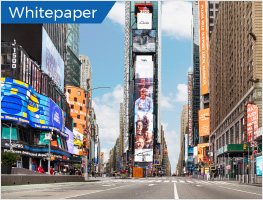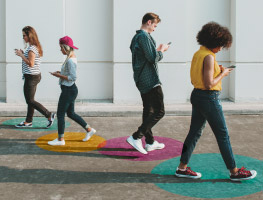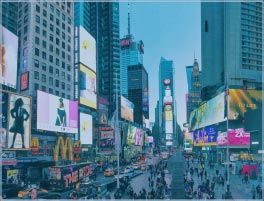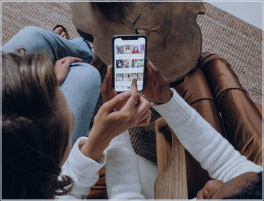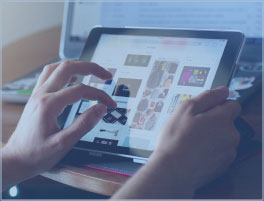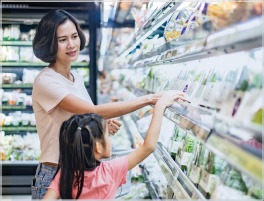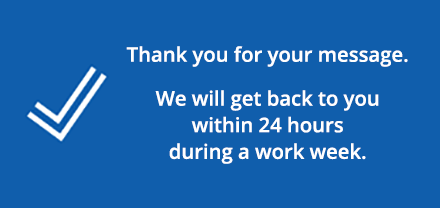We’ve just wrapped the third month of our Understanding the New Normal insights program, and one thing is clear: even though many countries are lifting lockdowns and opening up again, life is not likely to return to normal any time soon. Compared to just five months ago, we’re truly in a new era. And brands are taking note of the impact we all see on our daily lives and habits. The same ad campaigns and product offers that worked even a few months ago are suddenly at best, irrelevant, and at worst, out of touch and insensitive. Brands are forced to be more agile than ever and we’re now able to draw on three months of data to see the impact of those who are getting it right – and those who are getting it wrong. We’re seeing many examples of agile global brands that are doing three interesting things to stay relevant as the world continues to change: 1) seeking to improve lives by delivering value, health or entertainment; 2) making use of new trends that are causing a surge in relevance for certain products, and 3) leveraging consumer-generated content in fun ways. Let’s take a look at a few of these. As countries ease lockdown restrictions, one thing that people are really noticing is how some brands are taking this opportunity to inspire change. Durex reminds people that “normal” wasn’t good enough with their new campaign: Let’s not go back to normal. The campaign builds on the increasingly louder voices of those who praise positive change, and reflects the widespread need for improved societal standards when it comes to practicing safe sex. “The world has never been so ready for change,” states the campaign. “So, let’s all change it for the better.” Unilever-owned Lifebuoy is a leading soap brand in Asia, Africa and Latin America. Consumers in our survey from Saudi Arabia and India praised the brand for taking a stand to promote hygiene and “help the cause”. “Like the Lifebuoy brand for example which talks about personal hygiene and using cleaners regardless of the product/brand used as long as it does the job,” recalls one participant. The beauty community is adapting to the ubiquity of face masks by coming up with new ideas about how to dress up the eyes. Beauty bloggers and professionals in South Korea (the Mecca of skincare and cosmetics) are coming up with trends and tutorials that draw attentions to eyes and brows. Brands are also jumping on the quarantine hit trend “soap brows” by launching brow wax boxes (a fancier version of boxed soap) and DIY kits to get laminated brows. People are now taking it to the next level adding brow glitter and stickers. As bright-colored eye make-up becomes a “mainstream” trend, high end conventional make up brands like Anastasia Beverly Hills launch electric color eye liners, which used to be an indie brand exclusive intended for festivals. Consumers demand fun, genuine, straightforward content that is relevant and relatable. This gives brands a great opportunity to leverage consumer-generated content in fun ways. KFC’s “We’re back” campaign features images from customers who have attempted to recreate KFC during quarantine. As part of the #RateMyKFC challenge where users shared their homemade versions of the chain’s signature fried chicken, KFC brutally and humorously rated these creations on Twitter. This only boosted the popularity of the challenge. The #RateMyKFC campaign generated a high volume of brand-related talk and triggered positive sentiment, with users commenting on each other’s dishes, tagging the brand and making comparisons with the original. Dos Equis struck the perfect tone with their seis foot cooler promotion. It was a fun and humorous idea that fit with the brand and usage occasions with the start of summer. And it was framed appropriately for social distancing. The only problem was that Dos Equis seriously underestimated demand (maybe intentionally). There were only 45 coolers to give away – all it took was 3 minutes and the brand acknowledged that their limited quantities were clearly too limited. It’s a basic lesson, but a good one nonetheless. What do each of these examples have in common? They show that brands today are really making an effort to tune in to the current situation and support consumers in new ways. To be successful in this, brands also need to make an effort to be more agile than ever. It’s hard to choose just a handful of examples, because we’re seeing a real rise in creativity and agility across the board with brands coming up with innovative ways to adapt to the new normal and deliver relevant and relatable content to consumers.Brand communication for the greater good
Durex: Let’s not go back to normal
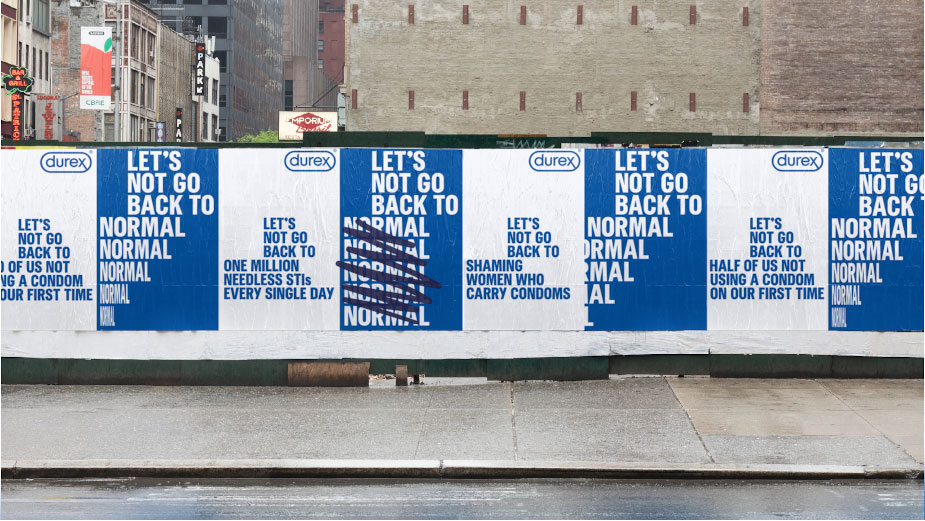
Lifebuoy: Wash hands with any soap and water
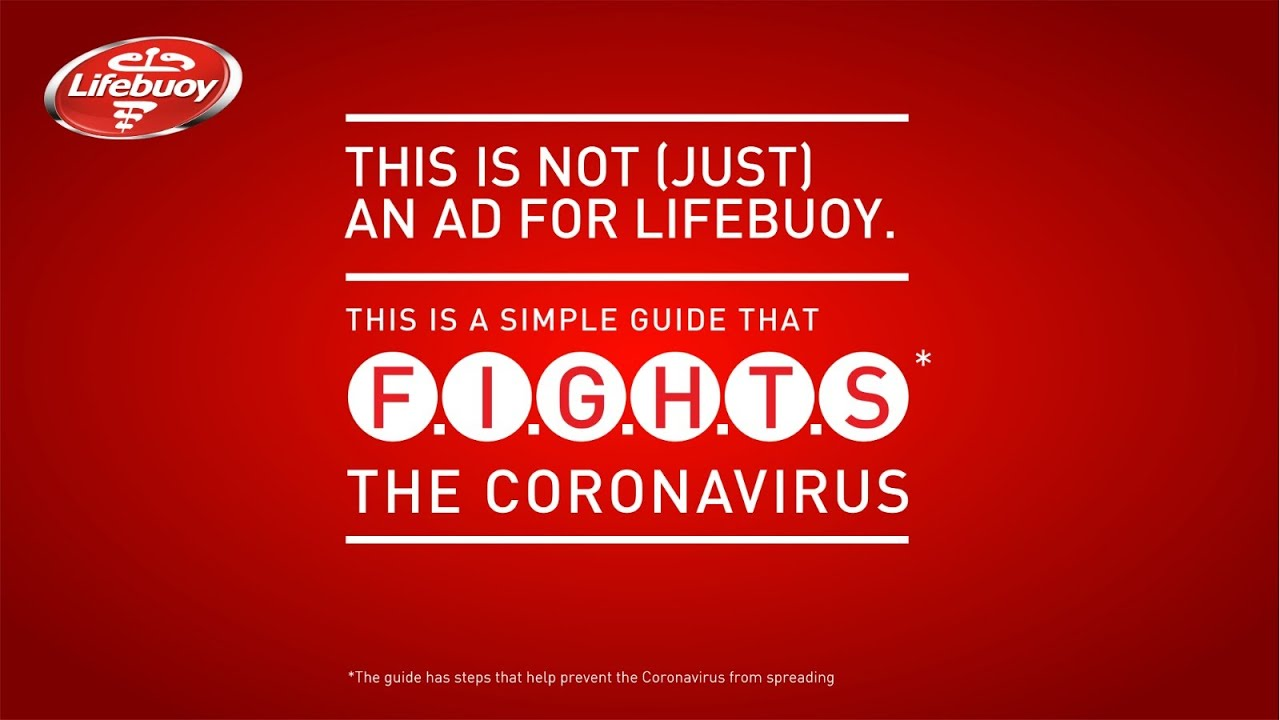
Some products or services are experiencing a surge in relevance
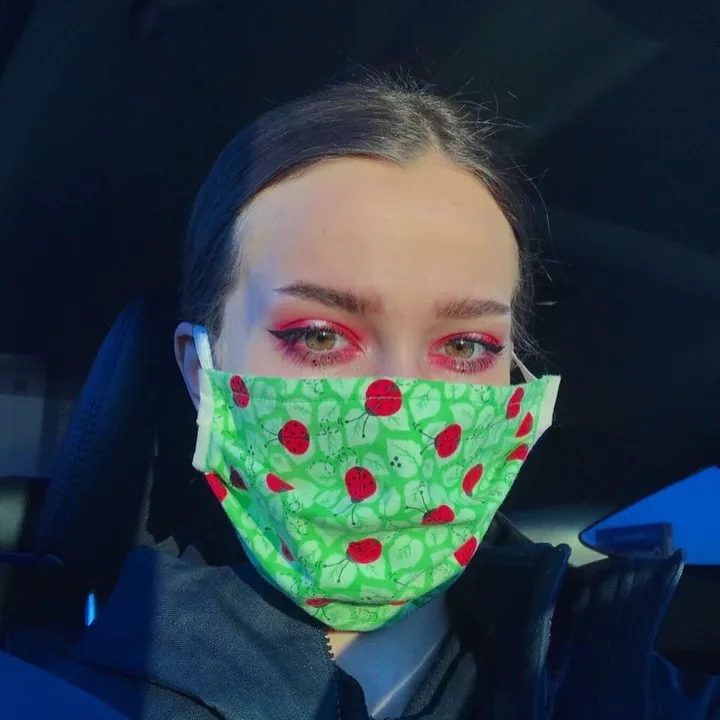
Staying close to consumers with relevant and relatable content
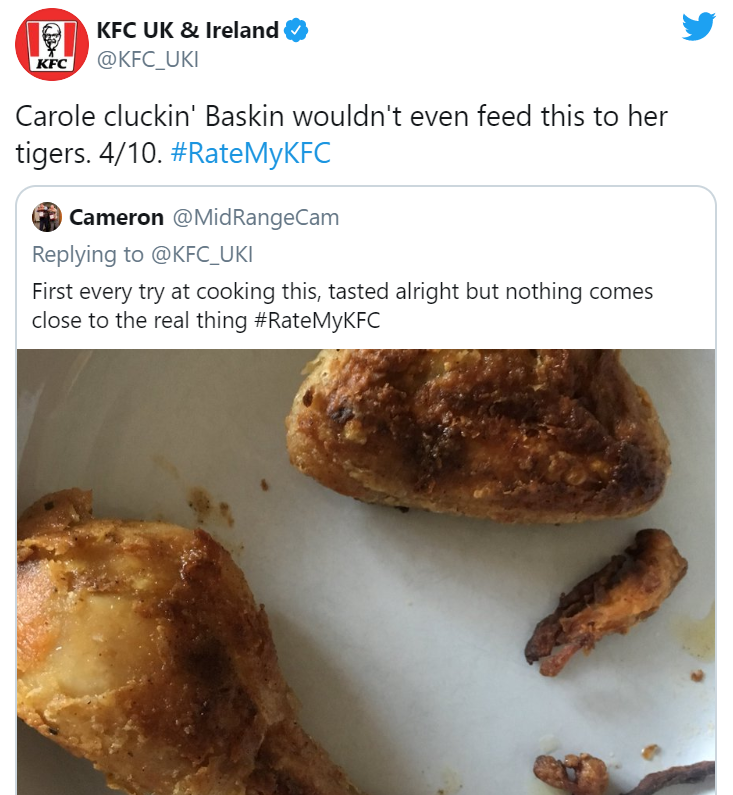
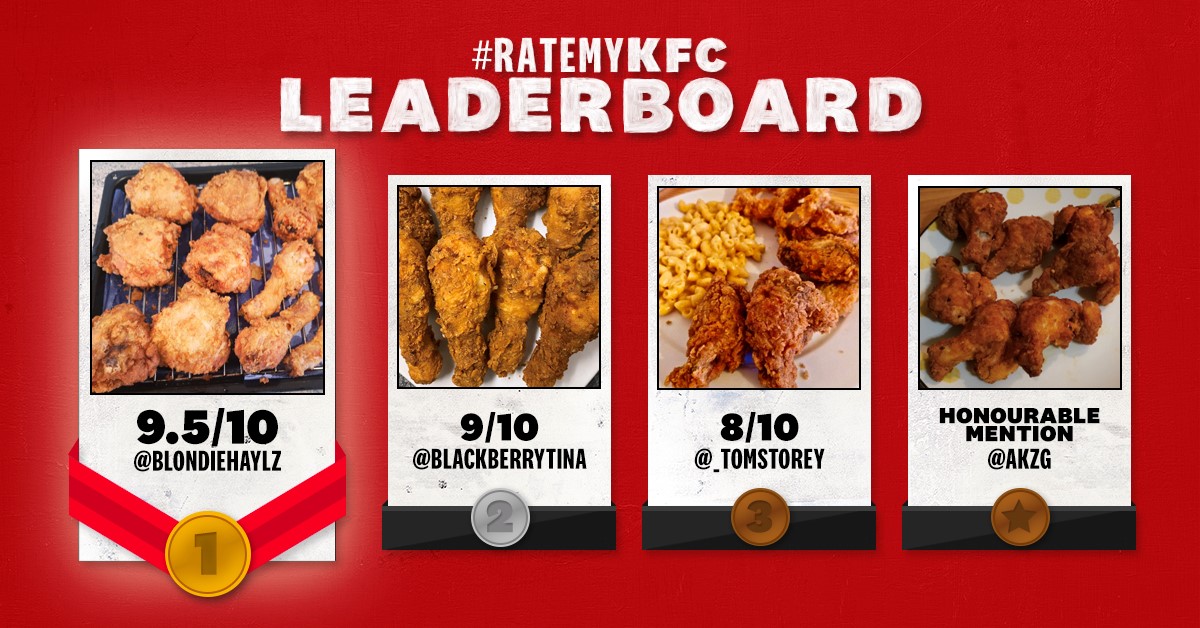
Brands can get it right and wrong at the same time
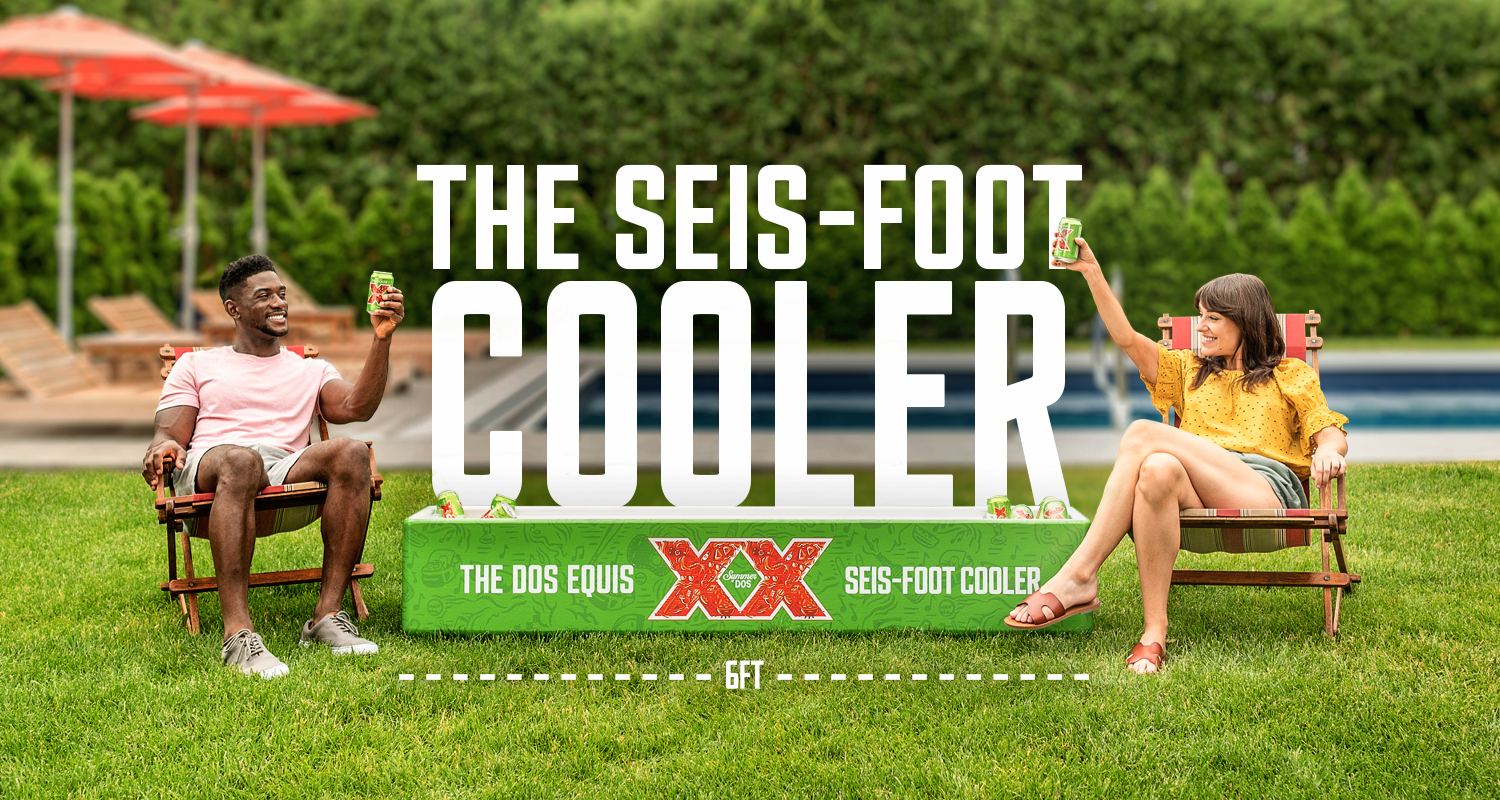
Stay connected by staying current
For more tips on how your brand can reach consumers effectively as we navigate the new normal, get in touch.
5 examples of innovative brand actions today

